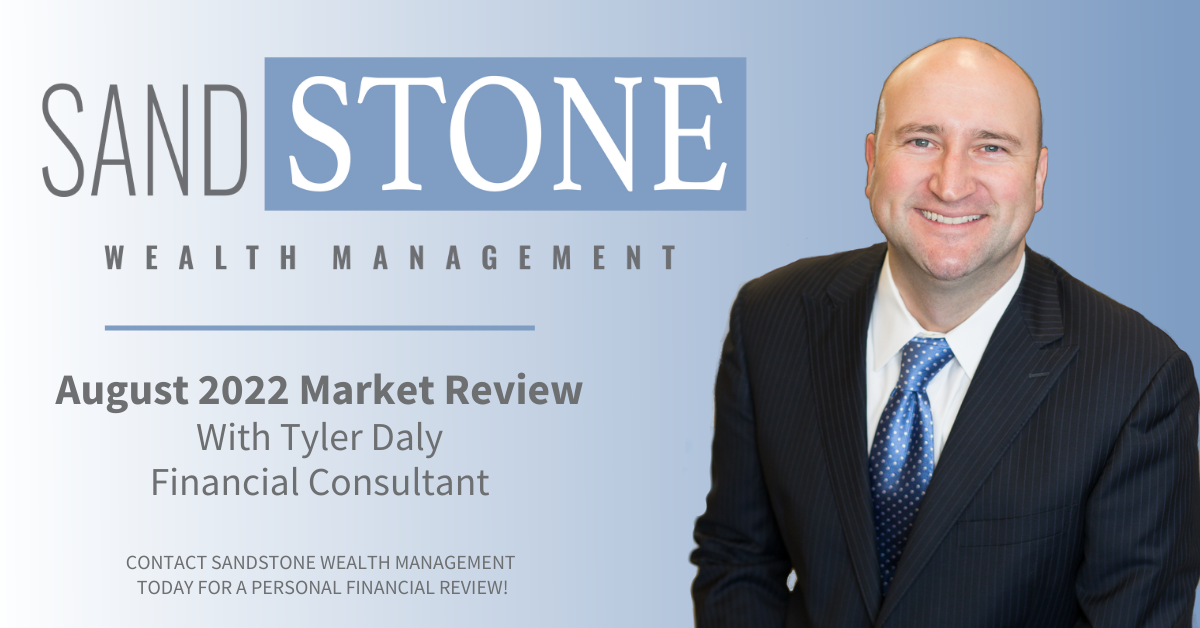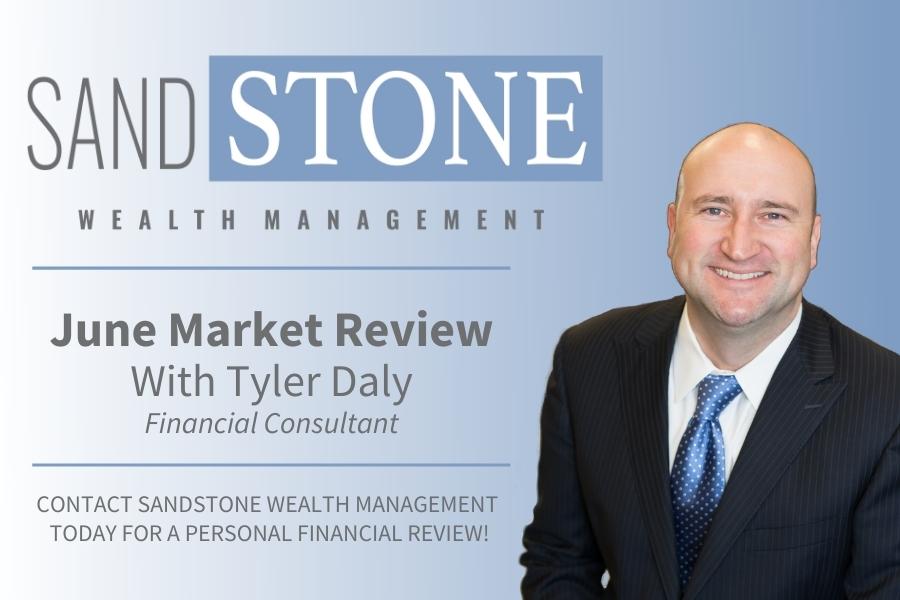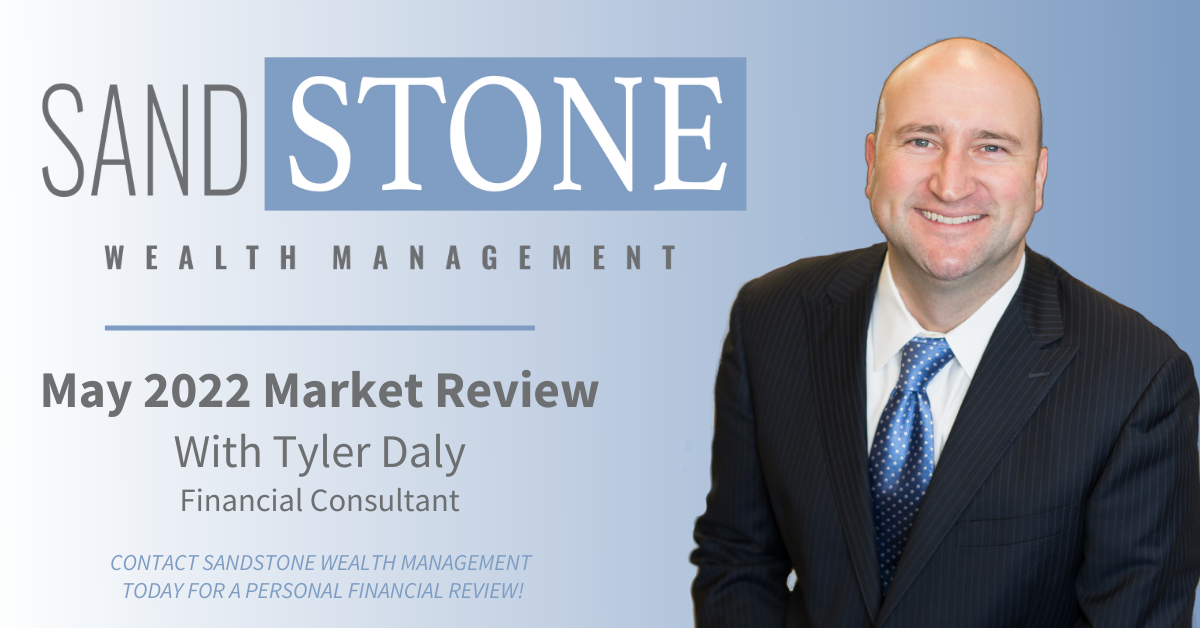.jpg?width=786&name=Untitled%20design%20(1).jpg) A bear market is officially here thanks largely to stubbornly high inflation. For many of us, it has probably felt like a bear market for a while now, but the S&P 500 Index didn’t close more than 20% below its January 3rd record high until Monday. Tech stocks are down a lot more—the Nasdaq Composite is more than 32% below its November 2021 record high.
A bear market is officially here thanks largely to stubbornly high inflation. For many of us, it has probably felt like a bear market for a while now, but the S&P 500 Index didn’t close more than 20% below its January 3rd record high until Monday. Tech stocks are down a lot more—the Nasdaq Composite is more than 32% below its November 2021 record high.
It’s hard to find a silver lining in inflation over 8%, but here’s the good news. Goods inflation came down quite a bit, which is likely to continue. Also keep in mind that the Federal Reserve’s (Fed) preferred inflation measure, the core personal consumption expenditure index (PCE) is just under 5% (the next core PCE report is due out on June 30). The PCE inflation reading factors in product substitutions, making it a better reflection of how consumers are actually coping in this tough environment.
For those worried the Fed may be overly aggressive in its fight against inflation, consider the market has done a lot of work already. Home price appreciation has slowed on higher mortgage rates. Lower stock values will likely slow spending. Margin balances have fallen. Wage increases have leveled off as layoff announcements and pulled job openings have started to hit the newswires. The cost of credit has increased based on investment-grade and high-yield corporate bond spreads. Financial conditions are already tightening early in the Fed’s campaign. This is all actually good news, since these factors suggest the Fed may pause its rate hiking campaign in the fall.
Keep in mind a good part of the inflation problem is on the supply side (COVID-19, supply chain disruptions, Russian oil sanctions), so there’s only so much the Fed can do by curbing demand. While some of these supply issues may take many months to resolve, we believe they will be resolved before long. While oil prices are a wildcard, we are confident that a sizable piece of the inflation problem will get better in the months ahead and that patient investors will be rewarded.
So now that the bear market is here, what should investors expect? Stocks are near their average decline in a bear market without a recession at about 24%, potentially introducing an attractive risk-reward trade-off for stock buyers here. The job market and consumer balance sheets simply look too strong for a recession to come soon. Monday’s trading session also got us closer to the type of capitulation and indiscriminate selling that has marked prior major lows. The VIX measure of implied stock market volatility rose above 35 on Monday, close to the 40 level that has accompanied other major lows and suggesting an eventual market bottom may not be far off.
Here’s another encouraging statistic to help investors stay the course. After the S&P 500 enters a bear market, the median 12-month gain has been 24% with advances in seven of the past 10 instances back to 1957 (only 1973 and 2008 saw big declines). Even better, the average historical 12-month gain off a midterm election year low is over 30%.
In closing, don’t forget that lower stock prices can lead to attractive valuations, improving prospects for future returns. It’s tempting to sell, but history tells us that after big declines it can be the wrong move.
____
Check the background of this investment professional on FINRA's Broker Check. Securities and advisory services are offered through LPL Financial (LPL), a registered investment advisor and broker-dealer (member FINRA/SIPC). Insurance products are offered through LPL or its licensed affiliates. Heartland Bank and Sandstone Wealth Management are not registered as a broker-dealer or investment advisor. Registered representatives of LPL offer products and services using Sandstone Wealth Management, and may also be employees of Heartland Bank. These products and services are being offered through LPL or its affiliates, which are separate entities from, and not affiliates of, Heartland Bank or Sandstone Wealth Management. Securities and insurance offered through LPL or its affiliates are: Not Insured by FDIC or Any Other Government Agency | Not Bank Guaranteed | Not Bank Deposits or Obligations | May Lose Value

Tyler has been in the financial services industry since 2004 and with Sandstone Wealth Management and Heartland Bank since 2009. He is Series 7, 66 and Insurance licensed to assist his clients with all their investing, financial planning, and insurance needs. Tyler was recently named to the Forbes List of America's Top Next-Generation Wealth Advisor, which recognizes advisors from national, regional, and independent firms. Tyler graduated from the University of Nebraska-Lincoln with a Bachelor’s Degree in Diversified Agriculture and was born and raised in the Nebraska Sandhills. This gives him an intimate knowledge and understanding of his farming and ranching clients. Tyler is married to Rachel, who earned her Doctorate of Pharmacy from the University of Nebraska. They have two children, Camilla and Cooper. Away from business, he enjoys officiating high school basketball in the winter as well as golfing and team roping in the summer.


.png)


.jpg)

.png)



